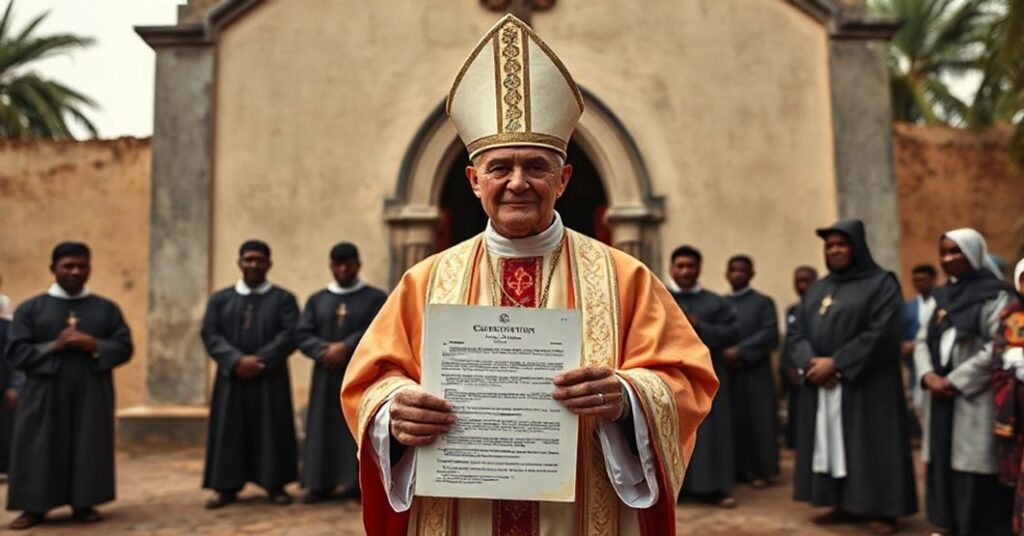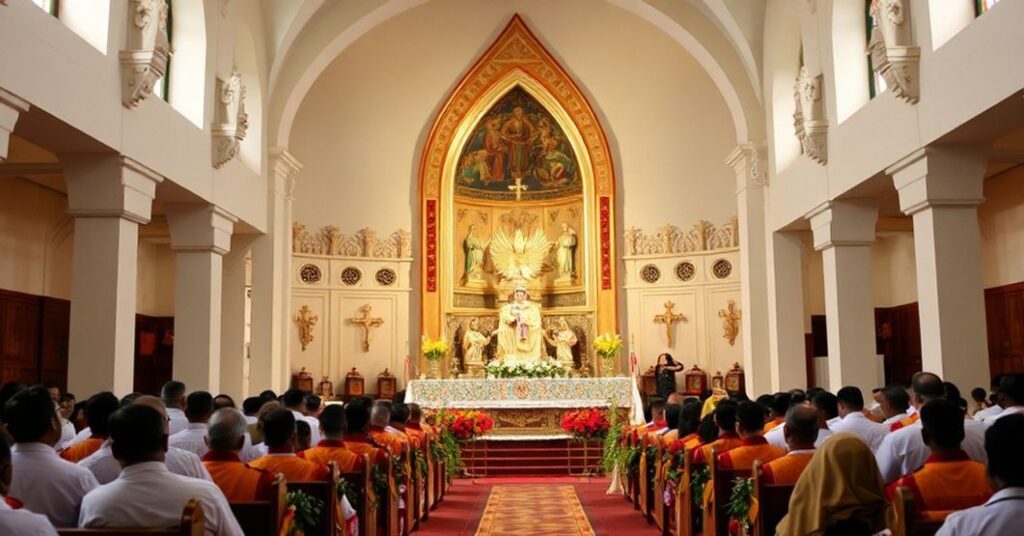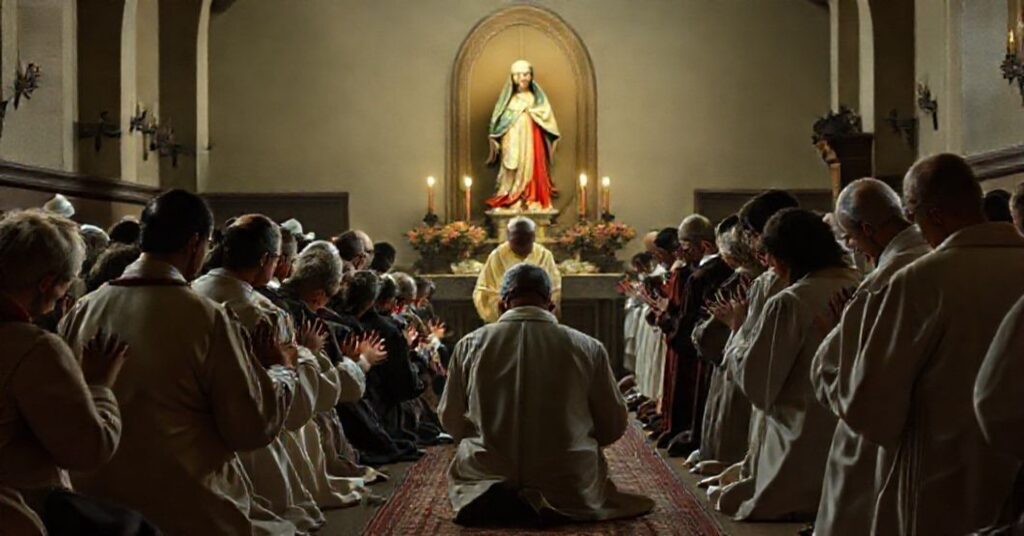BERBERATENSI (1959.02.09)
The constitution “Berberatensi” (Bossangoaensis), dated 9 February 1959 and signed by John XXIII, decrees the territorial division of the Berberati diocese in French Equatorial Africa to erect a new apostolic prefecture of Bossangoa, entrusted to the Capuchin Friars, dependent on Bangui as metropolitan see and executed by Marcel Lefebvre and collaborators. Behind the bureaucratic elegance of canonical formulas, this act is one more brick in the construction of a counterfeit hierarchy: the usurper on the Chair of Peter reshapes missionary structures to serve the coming conciliar revolution, not the immutable Kingdom of Christ the King.










